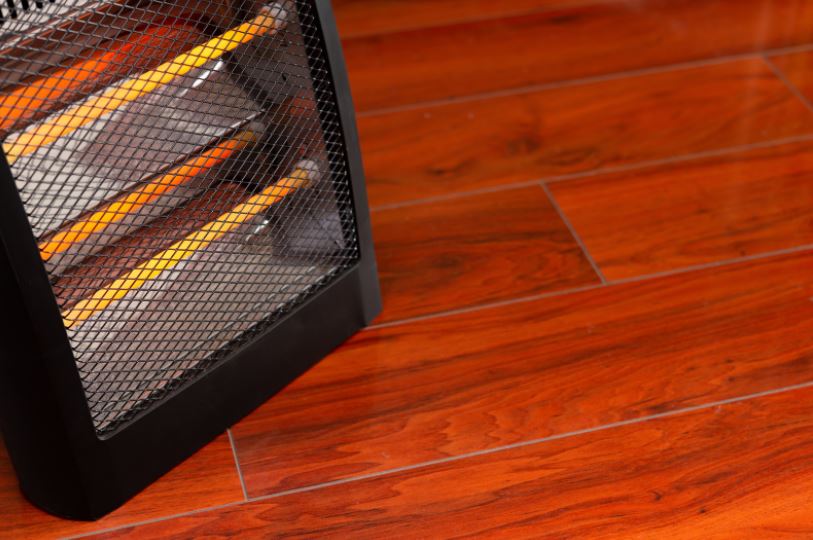Heating systems are necessary for keeping your water and air at a comfortable temperature, especially during the colder months. Heating systems are pretty durable and last for anything from 8 to 30 years if they are of great quality and regularly maintained. However, like everything else, they will need replacement once they run their course.
There are different types of heating systems. And whether it is water heater installation or central heating system installation, it might be a good idea to compare the different types available in the market. That will help you choose the one that best meets your needs. Below are different types of heating systems.
Table of Contents
1.Furnaces
Many families depend on central furnaces for heat during the colder months. A furnace blows heated air through ducts which subsequently deliver the warm air into the rooms in the house via grills and registers. This system is called a forced warm-air or ducted-warm air distribution system. You can power it using natural gas, fuel oil as well as electricity. Whether your fuel of choice is natural gas or oil, it is mixed with air in the furnace and ignited.
The flames then heat a metal exchanger where the heat is transferred to the air. This air is pushed by the furnace fan downstream into the ductwork; from the heat exchanger. Combustion products are vented out of the house via a flue pipe. A new minimum-efficiency oil furnace replacement will help you save the fuel energy lost when using an older atmospheric furnace.
2.Boilers
A boiler is a special-purpose water heater, and this system distributes the heat using hot water that gives up heat as it passes through radiators in the home. The cooled water eventually goes back to the boiler to be reheated. These hot water systems are also known as hydronic systems. In homes, boilers typically use heating oil or natural gas as fuel. If you are switching to oil heat as your fuel source, go online and search for ‘heating oil near me’. That will make finding a dealer in your area easier.
Another type of boiler is the steam boiler, although it is not commonly used nowadays. In this steamer, water is boiled, and the resulting steam carries heat through the house. Once the steam cools, it collects inside the radiators. Gas and oil are used to fire this type of steamer. Additionally, if you live in countries like the UK, it’s worth exploring available support schemes. Programs such as the oil boiler grant can help reduce the cost of upgrading to a more energy-efficient system, making it easier to improve home heating while lowering energy bills and environmental impact.
3. Gas-fired space heater
This type of heater is popular in some areas. It includes floor furnaces, free-standing and wall-mounted heaters that all lack ductwork. They have a small heat output and are commonly used for warming single rooms because they don’t have ducts. If you want to use this heater for multiple rooms, you will have to leave the doors between the different rooms open.

More sophisticated systems utilize ‘sealed combustion air’ where pipes are installed through the walls; to deliver combustion air and take out combustion products. They perform well, especially in cabins and buildings where it is acceptable to have a significant temperature difference between the main rooms and the bedrooms. These models use oil, natural gas, or propane as their fuel.
4.Fireplaces
Fireplaces either use gas or wood, and they also serve a decorative function as they are part of a room’s décor. Standard fireplace installations draw the air in the room for dilution and combustion. Although they provide a warm glow, they aren’t very effective as a source of heat. That is because a fireplace loses more heat than it gives when a lot of warm air is drawn through the fireplace without being replaced by cold air from outside.
If you provide your fireplace with a tight-sealing glass door, a quality chimney damper, and outside air, you might get substantial heat from it.
5.Heat pumps
A heat pump is a kind of dual-purpose air conditioner that removes heat from the cooler indoors to the warmer outdoors in summer. It does the reverse by scavenging heat from the colder outdoors using an electrical system that discharges this heat inside the house in winter. Most heat pumps use delivery systems to force the warm air indoors and move it throughout the house.
There are two primary types, and these are the ground-source and air-source pumps. Ground-source heat pumps heat and cools in any climate by exchanging air with the ground, which has a relatively constant temperature. On the other hand, air-source pumps use the outside air as a heat sink in summer and a heat source in winter.
Before deciding on the best heater for your household, you will need to undertake adequate research. These are some of the well-known heating systems, and understanding how each works will influence a more informed choice.

